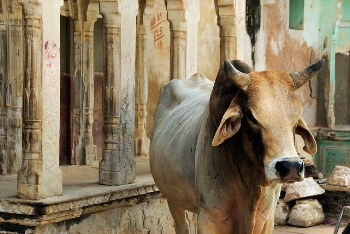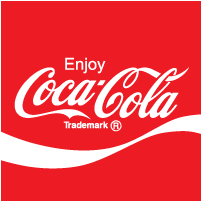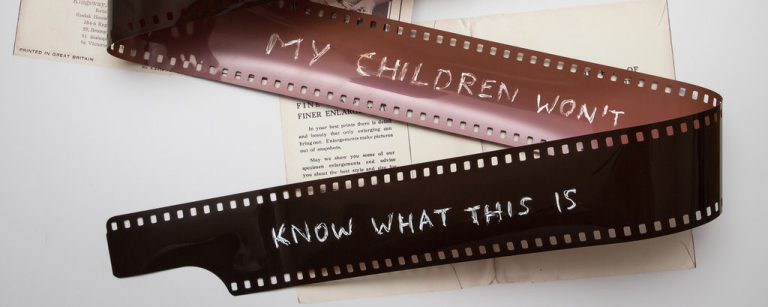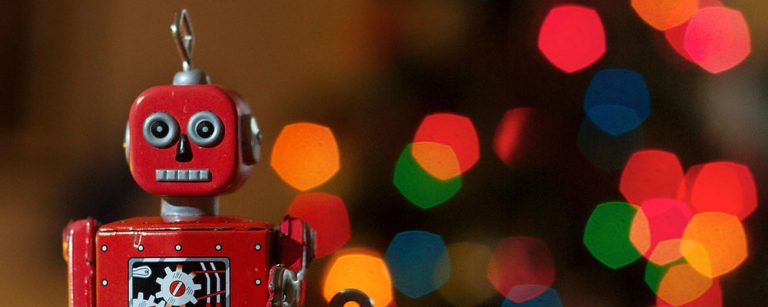“No great mind has ever existed without a touch of madness.”- Aristotle
Whether you’re a big corporation or a teeny start up just finding your feet, your brand is your biggest asset. It’s your special ‘thing’ that makes you jump out from the crowd and say ‘g’day- how bout it?’. If your brand is strong, the people looking into the masses trying to decide who to choose, will recognise you. They’ll know you from what you’re wearing, your style, how you speak and ultimately what you’re going to give them. And all these things make them feel like they can trust you- they know what they’re getting and you are their safe choice. Even if you are a B2B tech company, you are selling your product to a human. You still need to be that person who stands out in the crowd- who is recognisable, trustworthy, but still the one sticking their heads out. Your brand positioning strategy needs to enable this bravery.
Of course, sticking you head up above the rest can be scary – it means you’ve decided to do things a little differently. Take a risk. Doing things differently might also mean implying what you’ve been doing so far is ‘wrong’. You open yourself up to criticism and backlash.
All very scary things.
But by spruking the same product benefits, in the same ways, to the same people as your competitors, you will get lost in the mix, which is also a scary thing for your bottom line.
So it’s time to think a little differently. Take a long, serious look at how you do things and take a sledgehammer to what you hold dear. Sound dramatic? It is, but you don’t have to start big. In that place where you squirm, where you have doubts and feel not quite right- that is where magic can happen.
What are your sacred cows?
Sacred cows make very poor gladiators. Nikki Giovanni

‘I make a very poor gladiator.’- Steve the Sacred Cow
A sacred cow is defined as one who is unreasonably immune from criticism or opposition. This could be a logo, a website, marketing through the same channels, with the same message, fighting for airtime with the same people. It could be the look and feel of your product. Some look at them as your biggest assets, some look at them as the cage that stops you from flying.
Breaking the brand with a new brand positioning strategy
The dynamic ribbon on the Coca-Cola can was a sacred cow. That’s the nice wavy bit of the logo you see everywhere- synonymous with the brand, and a big part of what makes it recognisable. A beautiful, bountiful cow it is, but a cow nonetheless.

Coke has been a fairly successful brand, you would say. Only drunk by billions and one of the most recognisable brands in history. But like any brand, there is only so many times you can pull the same growth levers and have dollars spit out the other end. So Coke was very brave- they looked at their brand guidelines, their content marketing strategy and their beloved dynamic ribbon, and decided to change it to tap into a consumer trend of connection. In a world where you may have 500 Facebook ‘friends’, you can still feel pretty isolated. It took a huge internal shift – in brand strategy, in production and in convincing global brand custodians they hadn’t lost their minds. Coke printed names on the cans instead of the logo. Instead. Of. The. Logo. This was unheard of. The idea being that you buy a Coke for a mate (and for yourself), share it, have a moment, and share your experience online.
The results? 2.5% increase in total sales and soft-drink volume went up by 0.4%. Not bad for such a massive category- small numbers equalling very big dollars. Source.
Breaking the process
Jason Fried, founder and CEO of Basecamp, a web-based project management tool, describes in this talk about how when he worked for a design agency, he grew tired and unmotivated by undertaking big jobs for clients. Jobs that would bring them in a lot of money, but brought them little in the way of satisfaction. Design is something that is often only clear in the eyes of the creator, so a lot of anxiety was brought to the project by clients spending big money on something they simply could not visualise.
They decided to change their way of doing things. Move away from big end-to-end website re-designs, and offer a page by page service. Yep, move away from the jobs that made them the bulk of their money, and start doing smaller jobs – one page, short timeline, one cost. It built trust and eased fears and more often than not had clients coming back for the next page, and the next.
Breaking their process brought them a whole new wave of more risk-averse customers.
Not only this, but they re-thought how they work. In the warmer months they work 4 days – a full week, but shorter hours. A forced break in your routine can sometimes shake things around, freshen you up and approach the same job with new eyes.
Breaking your thinking
LinkedIn is a B2B brand that has evolved in recent years from a purely professional social media network to an equal focus on thought leadership. They are no longer the platform they were when they launched in 2003 – they now offer content of value to professionals, whatever their field.
Where Facebook and Twitter provide an escape for people, LinkedIn is about keeping people connected, on top of their game, and their momentum turning. That was the heart of their brand positioning strategy – figure out what they could do differently.
LinkedIn looked at their users (professionals), their competitive landscape (Facebook, Twitter) and decided to diversify. They grew beyond their old thinking and the result of this? 433 million users in 200+ countries, and a recent acquisition by Microsoft.
So what does it mean to break your brand? It means look at what you’re doing, what you’ve always done, and change it. Challenge it. You want space to create, not shackles to work within. Develop a brand positioning strategy that sets you apart, a content marketing process that nurtures this stance and most of all, don’t be afraid to fail.




